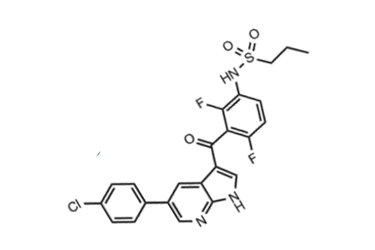Formulation Strategies For Enabling "Undevelopable" Compounds
By Dave A. Miller, Daniel J. Ellenberger, Justin M. Keen, Chris Brough,1Daniel A. Davis Jr, and Sandra U. Kucera

Explore a comparative analysis of two formulation techniques—Micro-Precipitated Bulk Powder (MBP) and KinetiSol Dispersions (KSD)—used to develop amorphous solid dispersions (ASDs) of Vemurafenib (VEM), a poorly soluble oncology drug. Both methods produced stable, single-phase amorphous systems confirmed by XRD, PLM, and mDSC analyses. However, particle morphology differed significantly. MBP particles had a porous structure and higher surface area, while KSD particles were dense and non-porous.
Despite the higher surface area of MBP, KSD formulations achieved superior pharmacokinetic performance. MBP showed faster drug release and precipitation in biorelevant dissolution testing but led to greater intraparticle and intestinal fluid precipitation. In contrast, KSD particles exhibited controlled release and reduced precipitation, resulting in markedly improved bioavailability. Specifically, KSD formulations yielded 1.8-fold and 2.5-fold higher Cmax and AUC values, respectively, compared to MBP, despite identical compositions.
Get unlimited access to:
Enter your credentials below to log in. Not yet a member of Pharmaceutical Online? Subscribe today.
